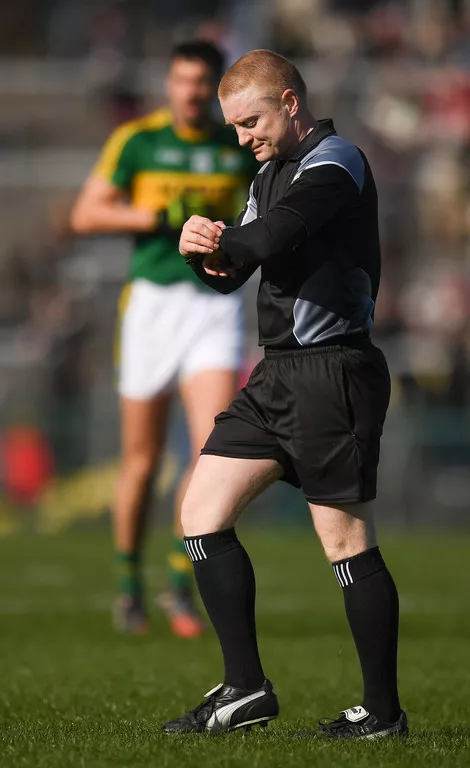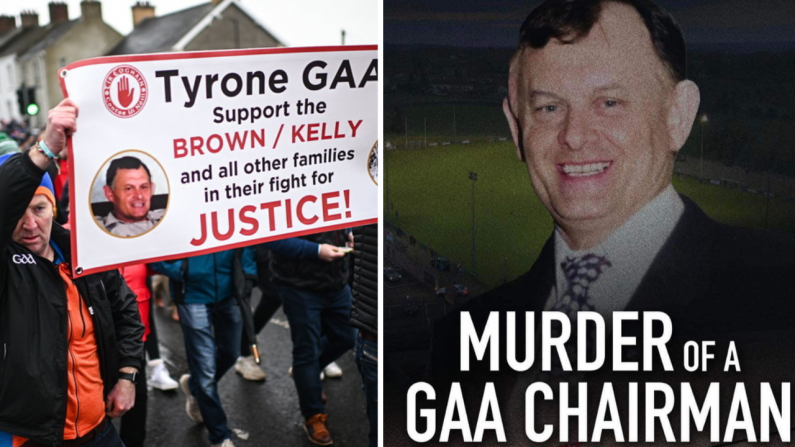In 1945, an enormous google-glasses wearing basketballer by the name of George Mikan irreversibly impacted the sport. The rules and regulations were well established by then but Mikan forced a change. Rather than play the game as it had been played, he simply stood under the basket and used his enormous frame to score simple baskets and lay-ups. That year goaltending was banned.
In 1966, another new trend rocked traditionalists to the core. The NCA championship game saw an all-black Texas Western easily defeat an all-white Kentucky team. At the start of the game, future NBA star David Lattin stormed past the soon-to-be nine-time NBA winner Pat Riley, towards the basketball and slammed the ball into the hoop. Despite widespread discontent, slam dunking was not banned.
The reason for this is simple. One hindered the sport, the other enhanced it. Every sport evolves. Soccer responded to Packie Bonner holding the ball for six minutes at the 1990 World Cup by outlawing the back pass. Rugby saw Italy abuse ruck rules and tidied up the 'tackle-only' law.
Gaelic football should be no different. This week there was a national outcry at the farcical scenes during Ulster champions Slaughtneil's opening Derry championship game. Their opponents, Magherafelt, withdrew into their blanket defence and Slaughtneil refused to engage. The result was a comical stand-off and a scene becoming increasingly more regular in the sport; an extended period of play with nothing happening.
It is overreactive to suggest the game needs to change based on this one performance, but it is equally inaccurate to claim this is not a common issue in the modern game. This year's championship had several exceptional games, including New York versus Leitrim, Wexford v Laois, Kildare v Carlow, Armagh v Clare, Mayo v Kildare, Roscommon v Armagh, Galway v Kildare and Kerry v Monaghan.
But beyond that, the skills that we appreciate are not being encouraged as coaches opt to implement what is effective over what is entertaining. There is a balance to be stuck, it requires a scalpel rather than a sledgehammer. Put simply, the sport must evolve.
There have been several suggested rule changes in recent weeks. The GAA must decide what enhances the game and what will hinder it.
Shot Clock

A rule adopted from basketball. As soon as a team crosses the halfway line, there is a countdown where they must score before time is up.
Pro: It forces teams to attack, enhancing the spectacle. Teams will no longer go through extended periods of sideways and backward play.
Con: It rewards defensive teams more than offensive ones. A team is forced to run into the blanket defence trap and inevitably get turned off. A quick counter will suit the shot clock. Teams will go to further extremes. This rule will hinder the game.
Handpass Limit

A rule currently used in international rules. A team is allowed six hand-passes maximum before the ball must be kicked.
Pro: Kick-passing is a dying art and a rule change could encourage more of it.
Con: In isolation, this rule does nothing. Teams will continue to pass backward or sideways, just with the boot instead. Handpassing is not the cause of poor games, it is the effect of poor systems. This will not improve the game.
Offensive Mark

An extension of the current kick-out mark. A player who catches the ball cleanly within the opposition '21 is granted a free 'mark' or shot at goal.
Pro: Part of Gaelic football's issue is the lack of risk-taking. Sport at its best is inherently risky, but the ball is rarely kicked deep because even if a player manages to catch it clean he will be swallowed up by the sea of defenders near-by. Thus, this rule would incentivize long kick passes and high fielding.
Con: The nippy inside forward is a staple of the game and could become redundant as huge, cumbersome forwards are planted at the edge of the square for the explicit reason as to exploit this rule. However, defenders would know they only need to spoil ball and in the case of the 'mark' they still need the necessary ability to convert it. This would enhance the game.
13-a-side

Endurance, tactical understanding, strength and conditioning have never been stronger but the size of the pitch and the numbers on it remain the same. A simple reduction of starting teams from 15 to 13.
Pro: Less bodies, more space.
Con: For every less defender, there is a less attacker. A deep-lying 13-man blanket defence can still be as effective against 13 opponents. Its effect could be minimal.
50-yard penalty

Another AFL suggestion. A cynical foul is punished by a 50-yard penalty in front of goal.
Pro: It immediately punishes cynical play with a scoring opportunity.
Con: In theory, none. May need some getting used to in practice but unquestionably enhances the game.
Fixed Inside Forwards

A common suggestion, most recently put forward by Jim McGuinness. All teams must have at least four players in the offensive half of the pitch at all times. Therefore, they can only defend with 11, 10 outfield players and the goalkeeper.
Pro: Immediately the blanket defence is retired.
Con: Many of these rules require another simultaneous rule to complement it and this is no different. Furthermore, a rule must be implemented at all levels, from inter-county to club. Are local referees capable of ensuring four designated players do not cross a set line at all stages amidst everything else that goes on during a game?
Halfway line

A rule adopted from basketball's backcourt rule. A team cannot go back into their own half after crossing the halfway line. The Kilmacud Crokes Sevens already has a similar rule that backwards passes in your own half are outlawed.
Pro: Less backward passing, more committed attacks.
Con: Regardless of what rule the football review committee go for, teams will eventually adapt. However, this rule could force teams to adopt further into extremes and use the halfway line as an opportunity to trap teams or become more defensive and wait for a mistake. This rule would hinder the game.
Long-range score

Another suggestion adopted from basketball. A score kicked from play outside the '45 is worth two points.
Pro: 86% of Dublin's shots this season came from inside the D. This is a trend across the sport, basketball rewards long-range scoring. The return of one of the greatest spectacles in Gaelic football, long-range scoring.
Con: It could potentially devalue a goal.
Mic up referees

An idea inspired by rugby. Viewers instantly understand what decision was made, why the referee made it and how the players react to it.
Pro: It would provide a much-needed degree of clarity and instantly cut down on needless backchat.
Con: It adds another degree of scrutiny to an official already under excessive pressure.
Kick-out beyond the '45

All kick-outs must travel beyond the 45-metre line.
Pro: It would increase the number of high catches in the midfield area. A rule that was trialed in 2010 and enjoyed success but congress rejected it.
Con: The current rule of kick-outs going beyond the 20m line was successful but at the time it was argued that the move was a bid to counter the influence of Stephen Cluxton. A further restriction could limit the masters of the kick-out game and punish the experts.
No rule will be universally popular and the history congress suggests change will be slow. It is also important to note that a rule should enhance a skill and not simply punish a tactic. Change is inevitable, but the association can control it.












